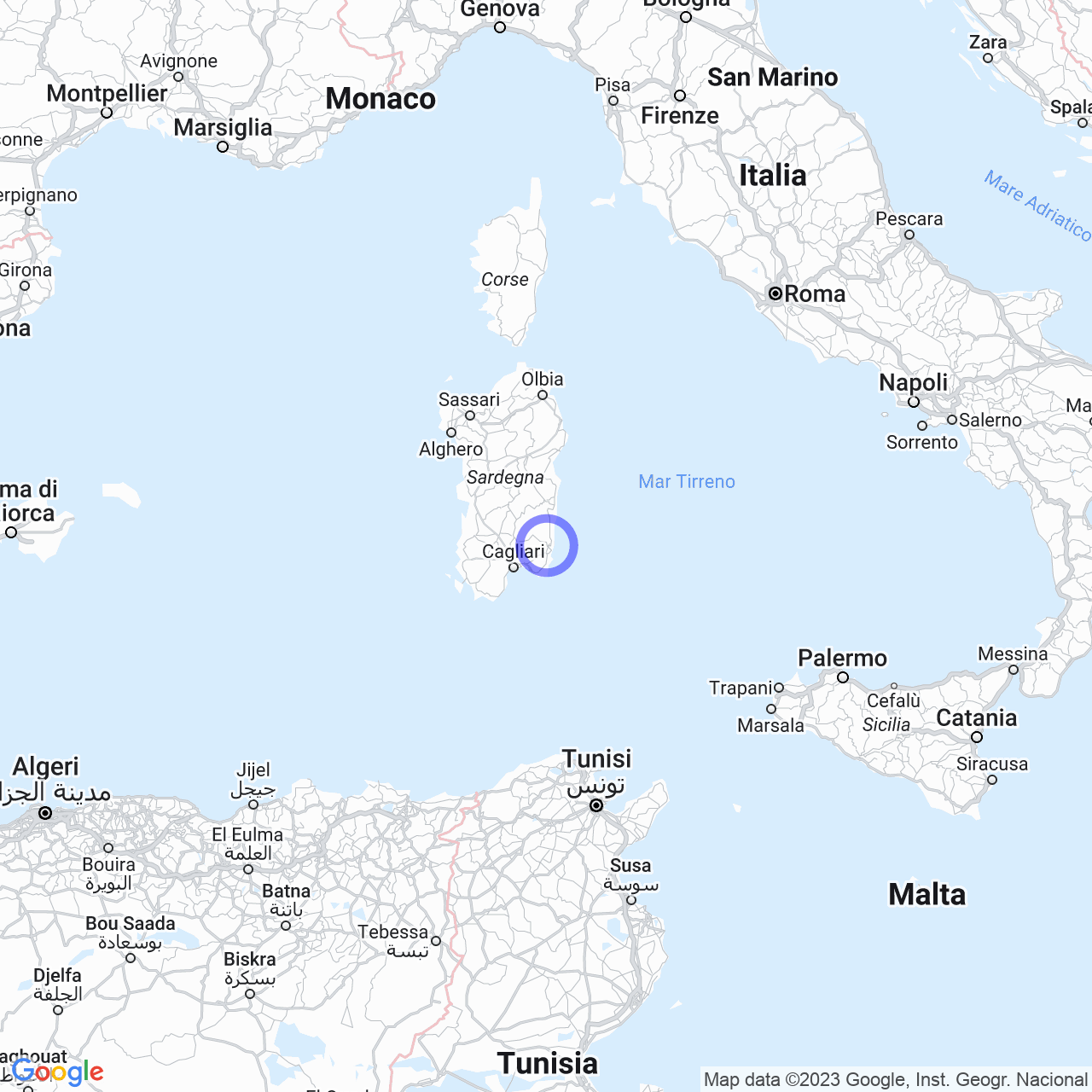San Vito
Welcome to San Vito
Hello everyone! Today I will talk to you about San Vito, a municipality in Italy with a population of 3495 located in the province of Sud Sardegna in the historic subregion of Sarrabus. With an area of 231.64 km², San Vito is the sixth largest municipality in the region.
The History of San Vito
The territory of San Vito is rich in evidence from the prenuragic and nuragic periods, such as the domus de janas and the nuraghi. There are also traces of the Punic and Roman civilizations. In the Middle Ages, it was part of the Giudicato of Cagliari in the curatoria of Sarrabus, and later of the Giudicato of Gallura, before being annexed to Pisa's overseas territories in 1258. In 1324 it was conquered by the Aragonese and followed the events of the Aragonese Kingdom of Sardinia. In 1363, the Aragonese incorporated the town into the county of Quirra, which was given in fief by the King of Aragon Peter IV of Aragon "the Ceremonious" to Berengario Carroz. The county was transformed into a marquisate in 1603, of which San Vito was a part.

What to see in San Vito
San Vito is a municipality rich in monuments and places of interest. Among the religious architecture there are the Church of San Vito, the Church of San Lussorio, the Church of Santa Maria, the Sanctuary of San Priamo, the Church of Sant'Antioco, the Church of Sant'Andrea and the Church of Santa Barbara.
Among the civil architecture, the Monte Narba stands out, which was once one of the main lead and silver deposits in Italy. In the village built in 1864 there was even a telephone and electric power. However, the buildings have suffered many collapses, making it difficult to explore the interiors, especially with regard to Villa Madama, the three-story palace where the director was housed.
San Vito also hosts archaeological sites such as the Necropolis of Pranu Narbonis, the Nuraghe Asoru, and the Nuraghe Genna Mesa.
Society in San Vito
The demographic evolution of San Vito has been constant over time, remaining around 3500 inhabitants. The predominant language in San Vito is the Sardinian Campidanese of Sarrabese style.
The culture of San Vito
San Vito is a municipality rich in culture, and poetry in the Sardinian language has been an important part of this culture. An example of this is "The Poetry of the Poor. Sardinian language literature," a book by S. Tola.
Conclusions
San Vito is a Sardinian municipality that offers many possibilities for every interest, from history to architecture, from archaeological sites to culture. If you have the opportunity to visit San Vito, you won't regret it!
